The future of pedestrian space in cities
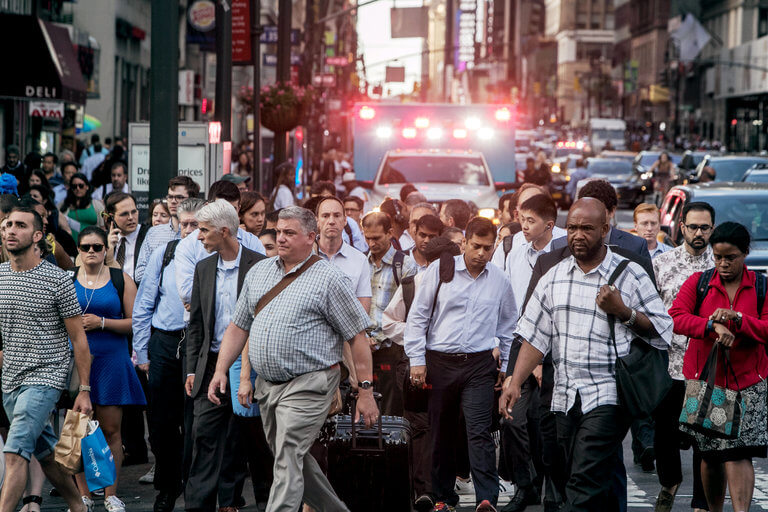
As cities become denser and populations increase, we have come to accept the ever-growing trend of traffic grid lock on our streets, roads, and highways with the prioritization of the personal automobile as a means of transportation. However, we have reached a breaking point where designers, planners and now even technology companies are looking for alternative solutions to mitigate this historical trend in order to re-claim the pedestrian environment: be it through levying congestion fees, limiting or removing vehicles from the urban core, improving public transportation infrastructure, or looking to the growth of ride sharing and autonomous technologies.
The New York Times recently ran a feature on the pedestrian “crush” in Manhattan, reporting that both vehicular and pedestrian traffic has reached a level that is now so unbearable, that pedestrian are using the street, rather than the sidewalk, to move through the city due to an insufficient sized pedestrian environment. As landscape architects and urban designers, we are often tasked with designing public streetscapes, parklets, and spaces that enhance the pedestrian experience and provide a safe means to travel thought the city, gather, and enjoy the urban lifestyle. Unfortunately, the prioritization of the vehicle over the last century has led to the minimization of available pedestrian space in our cities, in order to accommodate more lanes of travel for cars, taxis, buses, and other transportation systems. It is interesting to note that sidewalks were once a priority, and provided ample space for walking, gathering, playing, and business as part of daily life:
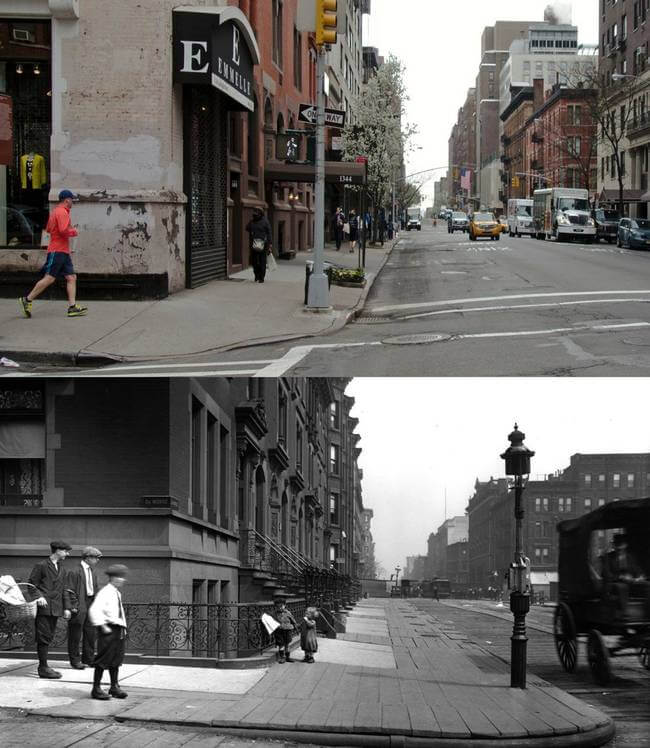
Lexington Avenue and 89th St in Manhattan, showing current condition (top) and circa turn of the century © John Massengale
As we look towards the future, what might we expect with the growth of companies like Uber, Lyft, and autonomous vehicles? One might inferr that reducing the need for personal vehicles will reduce overall traffic and offer the potential for re-claiming pedestrian space. However, the graphic below, paints a somewhat pessimistic picture for the pedestrian environment:
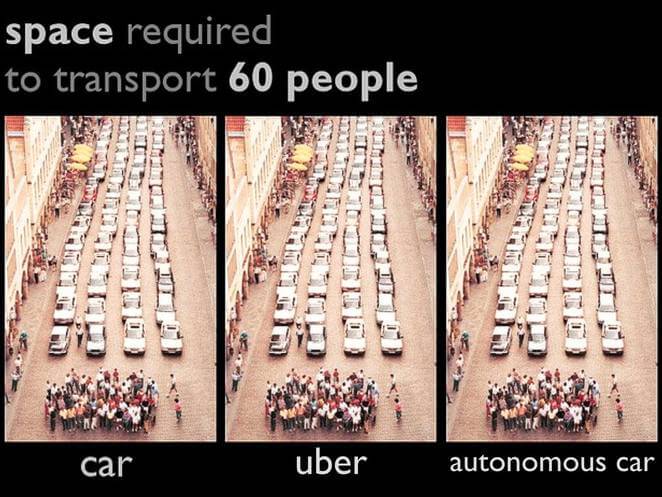
© Jon Orcutt
We must look beyond the car to achieve an outcome that inspires a wide array of possibilities for pedestrian space:
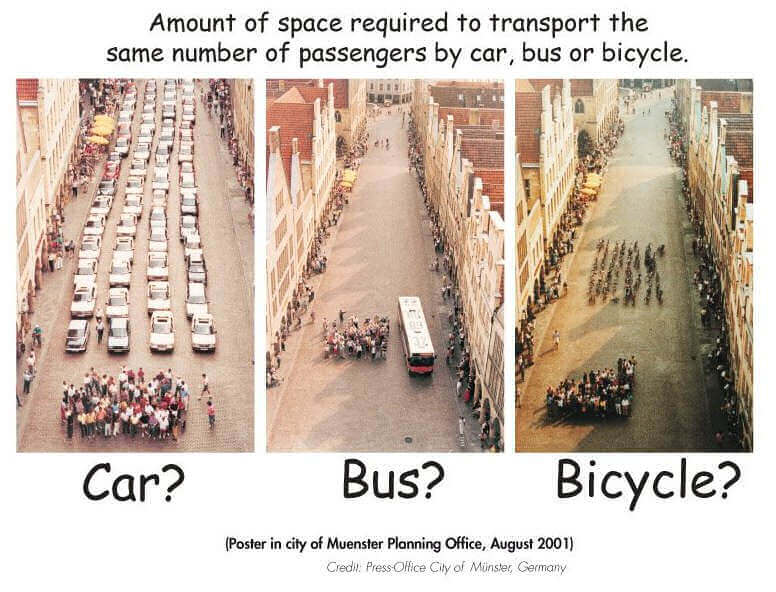
Of course every city is different with transportation demands that vary widely, and thus there is no silver bullet mitigation measure. Rather a combination of solutions will likely offer the greatest reduction of traffic overall. But it is likely that expanding our public transportation systems, increasing bicycling infrastructure, and promoting walking through measures such as Complete Streets programs, will offer the greatest reduction in traffic and allow for city inhabitants to reclaim sidewalks for walking, socializing, playing and enjoying their urban experience.
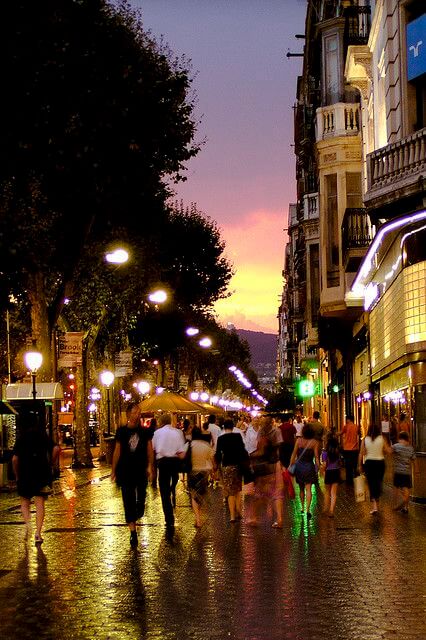
©Marco Gessani